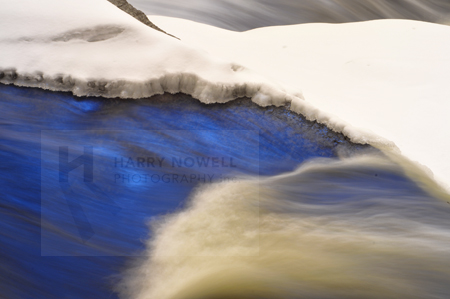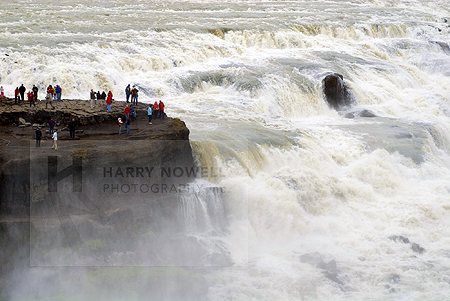Last week I had lunch with wedding photographer Andrew Van Beek. We talked about what makes a good photographer and what makes a really good photographer great. It’s simple really. And in this edition of Exposed! I share some thoughts.
So, we were talking about our businesses over lunch and the current challenges facing photographers. That led to a discussion on what it takes to become an accomplished photographer…
The list started with obvious elements:
- solid technical ability
- artistic aptitude
- vision
- drive and passion
While these qualities are critical to be considered a proficient photographer we kept coming back to a more basic requirement that everything hinges on.
Time.
Without time, none of the elements of expertise are possible. Nobody learns all the technical elements of photography in a summer! Artistic aptitude takes a decade or more. Vision takes part of a lifetime and passion needs to be ignited and kindled throughout a career.
Education Time
Don’t take my word for it. Look at post secondary photo educations:
• Ryerson University’s photo program is a 4 year full time program.
• Algonquin College’s photo program is a mere two years.
After graduating from these programs students have developed good technical skills but need to hone their vision and artistic skills into a skill that will attract an audience or market.
Many accomplished photographers are self taught. Many self taught photographers spend more years through the “school of mistakes and dead ends” to develop a slim niche where they excel.
Picasso
Andrew Van Beek told me a story of Picasso later in life:
“A man approached Picasso in a restaurant and asked if he would sketch a quick drawing. Picasso created a sketch on a napkin and offered it to the man for $60,000. Shocked, the man squawked ‘But that only took you two minutes!’ Picasso calmly replied ‘Ah, no, it took a lifetime.’”
Is the story true? We don’t know. But the sentiment is 100% correct.
Pro Perspective
I am self taught. I spent years producing ‘fantastic’ failures. My passion burned brightly despite getting doors slammed in my face. Three years after I started shooting for money I went to Toronto with my best work to secure a stock agency to represent me. Every agency offered an emphatic “NO!”
Dejected, I resolved to shoot stock full time with the intensity of a thirsty mosquito. I went back 12 months later and all but one agency said “yes.” Phew! I was in the door but my real education had just begun.
At the height of my stock creation part of my career my best individual photo sale was licensed for over $30,000. (My commission was a smaller portion of that.) Hard work was paying off after almost ten years of shooting.
Still, I can show you the flaws of all my current photos and how I would improve them. I still have far to go. Photographic accomplishment takes a lifetime or two and the drive to keep you fresh, photographically.
Homework
Your first homework is simple. Find a way to stay engaged and excited about photography so that your photography has the time to grow.
How?
Meet other photographers. Join photo collectives. Take photo workshops or online courses. Visit art exhibitions. Read, eat, breathe whatever gets you excited, photographically.
Critique Opportunity
Your homework for the critique offer (below) is to choose ONE finite, specific subject:
• a tree is too big… one specific leaf is better.
• a house is too big… the front door knob is appropriate.
• the dinner table is too big… the dessert spoon is a better challenge.
Get the idea?
Once you have your subject you must spend time exploring your subject – spend at least 45 minutes shooting your subject in its original place in as many ways as possible. You will eventually get stumped. It is important to keep exploring and shooting beyond getting stumped!! “Good ideas come to those that persist” says John Cleese.
Revisit your subject over a few days and push the discomfort of running out of ideas – time and persistence will help you breakthrough, creatively!
Register and receive details of how to submit three photos by April 4th. We will select at least one photo per person for critique. The video critique will be sent by April 11th.


